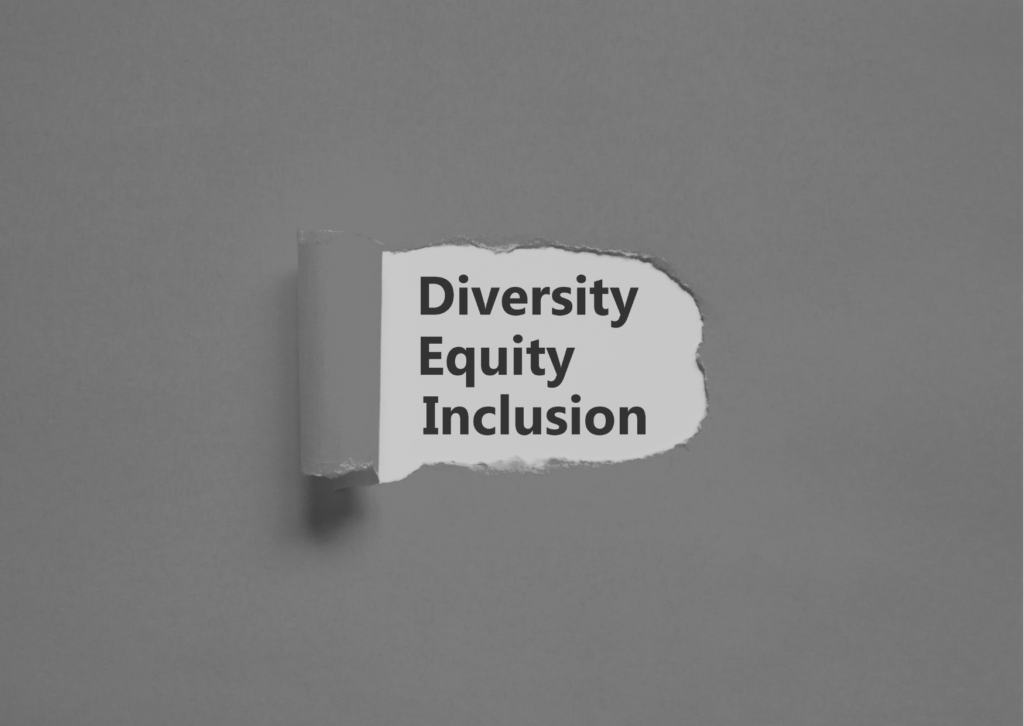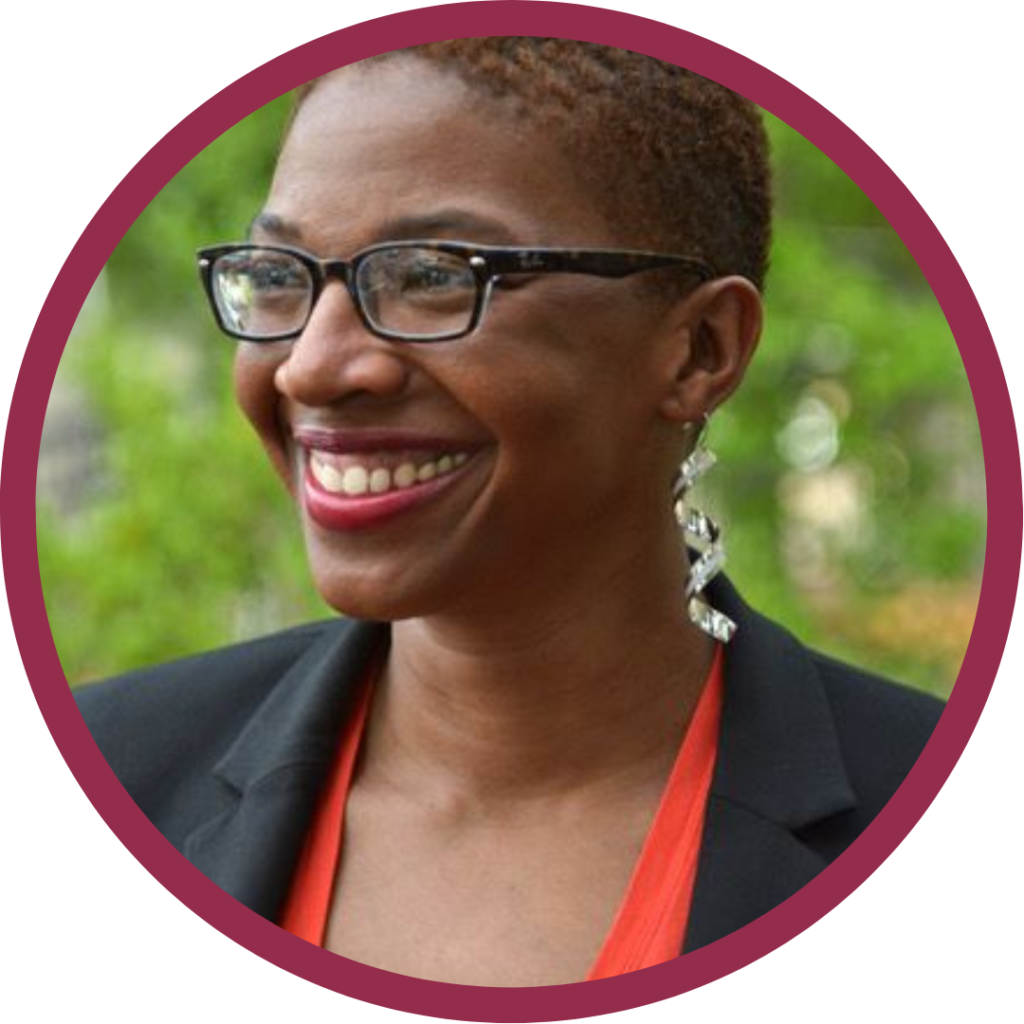I have a HUGE Problem with DEI, and I’ll Tell You Why

I have a HUGE Problem with DEI, and I’ll Tell You Why

I won’t waste your time explaining what DEI is to you. If you’re here, you have some awareness of what Diversity, Equity, and Inclusion is within the context of HR and workplace dynamics, so I won’t bore you with needless repetition of widely known and accepted facts.
In true ADHD/Autistic fashion, I will skip to the point and tell you straight-up that I cannot stand DEI. I mean, I hate it with the heat of 1,000 suns.
I bet you’re wondering why. That seems odd for someone like me to say about a policy purportedly created to benefit people like me. And if at any point I believed that DEI helped me or others like me, I wouldn’t have an issue with it.
The problem, however, is that it doesn’t. Not at all.
When you Google “DEI,” most of what comes up are pictures of people of different ethnicities and genders. And nearly all of them are standing—and worse—smiling.
They’re smiling as if to suggest that tokenism is the same as representation and that each one of them is “happy” to be there and “honored” to be considered afterthoughts, at best.
And they’re standing as if to suggest that anyone requiring a wheelchair, scooter, crutches, or any other mobility aids doesn’t exist and needn’t be considered.
If having more physically disabled and (or) people of color in the workplace were the only requirements for being diverse, equitable, or inclusive, then there would be nothing to talk about. My grandmother was born with a physical disability that prevented her from participating in the working world; I would have gladly and gratefully applauded any policy that could have given her the life she wanted instead of the one she had.
If that had been all there was to it, that is. But there’s more to being diverse, equitable, and inclusive than skin color or having disabilities that most would perceive as barriers to gainful employment.
And as a neurodivergent BIPOC woman who is also invisibly disabled, I can say unequivocally that I don’t fit the “accepted” DEI profile.
The one thing we can all learn from laws and policies is that they are precise; a new law or policy created to address something makes it a point to name the thing it’s addressing specifically.
For example, the Americans with Disabilities Act, as flawed and full of loopholes as it is, still addresses Americans with disabilities. And in California (and I wholeheartedly believe other states should follow suit), “stealthing” is considered a form of sexual assault, punishable by law.
Notice the specificity: Americans with disabilities. Sexual assault. These are specific solutions designed to address a specific problem.
DEI? Not so much.
Unlike the ADA or Section 1708.5 of California’s Civil Code, DEI can be whatever the people in charge of implementing the workplace-centric policy want it to be, meaning they can use it to benefit whoever they believe is “worthy” of consideration and protection.
From where I sit, DEI is a policy used to discriminate, even as it claims the opposite because it doesn’t list neurodivergence specifically.
Very few conversations on DEI I’ve seen on social media or have had with others outside the digital space mention neurodivergent or invisibly disabled people, specifically. We get thrown in with neurotypicals in a manner that would suggest that we all have the same needs when nothing is further from the truth.
As someone who’s faced ableism and bigotry from other African Americans in the workplace because of my Autism, ADHD, and PTSD diagnoses, I can tell you that whenever accommodations are made for BIPOC employees, they are still designed for neurotypical BIPOC employees, which means that whenever diversity, equity, or inclusion are addressed, I’m still excluded.
It’s great that a company hires more BIPOC for the C-suite. Still, a corner office and more managerial responsibility mean nothing if the person they hired feels like closing their door so they can work quietly without interruption is a misstep.
It’s nice to increase the number of BIPOC coders and engineers at your firm, but what good does that do them when they don’t feel they can wear noise-canceling headphones to drown out the sounds that prevent them from focusing, which in turn prevents them from doing their best work? (which will only get them fired and serve as “justification” that DEI doesn’t work, anyway.)
What good is DEI when it privileges the needs of one group at the expense of other groups with needs of their own that are just as legitimate, if not more so?
As an intersectional disabled woman of color, even if DEI helped me get my foot in the door, my neurodivergent-based sensory issues and virtually nonexistent need to socialize would boot me right back out again.
Because the policy focuses so much on what you can see, what you can’t see goes wholly ignored.
That’s not what “diversity” looks like. And it’s neither “equitable” nor “inclusive.” And calling that astronomical exclusion and blatant disrespect “representation” is offensive.
It’s tokenism, plain and simple. And that helps no one.

Kameko Thomas
About the Author
Kameko Thomas is a writer and disabled neurodivergent (Autism, ADHD, PTSD, OCD, MDD) Black woman living and working at the intersections of race, gender, and invisible disability. She is the Principal Writer + CEO of Vonem Creative Media, a strategic communication and narrative storytelling firm built to create a more inclusive world for neurodivergents. Kameko has a BA in English from Wiley College and an MA in English & Creative Writing from Southern New Hampshire University, where she was selected to join Sigma Tau Delta International English Honor Society.

